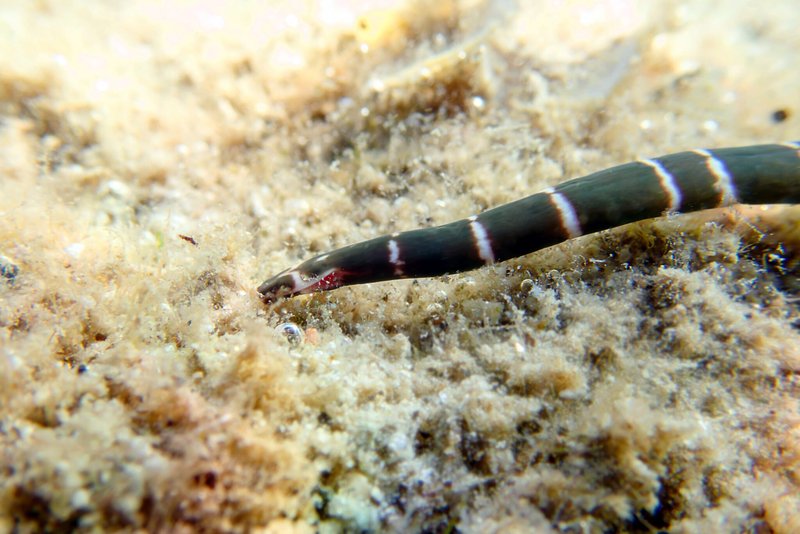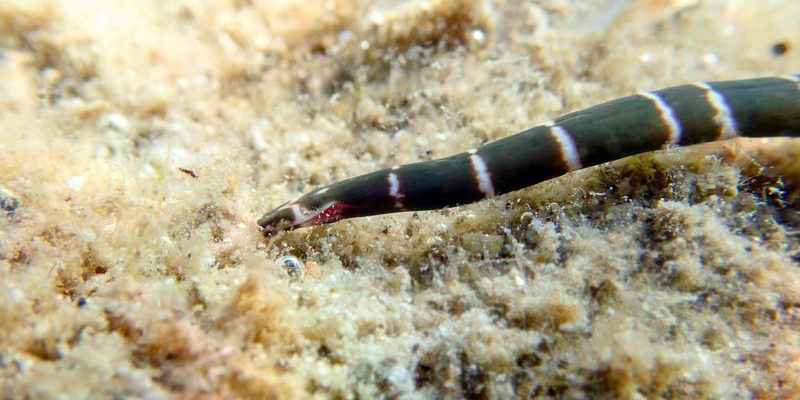
Ribbon worms, or **Nemertea**, are like the quiet janitors of the coastal ecosystems. They help keep the ocean floor clean and contribute to the food web in ways that are often overlooked. Imagine walking along a beach, only to discover that beneath the sand, there’s a whole community of these worms interacting with other marine life. Here’s a closer look at how ribbon worms fit into coastal ecosystems and why they matter more than you might think.
Understanding Ribbon Worms
Ribbon worms vary in size and color, and they can be found in various marine habitats, from sandy shores to rocky tide pools. They have a long, flexible body that can sometimes reach up to 30 meters! This body is often adorned with stripes or bright colors, making them visually striking among other marine creatures.
What really makes ribbon worms special is their unique feeding method. They use a specialized organ called a proboscis, which can extend and wrap around their prey like a sticky tongue. With this ability, they can capture small fish, crustaceans, and even other worms. This feeding strategy not only helps them survive but also regulates prey populations in their environment.
The Role of Ribbon Worms in the Food Web
You might be wondering, “How exactly do these worms contribute to the food web?” Great question! Ribbon worms serve as both predators and prey in coastal ecosystems. They help control the populations of smaller marine creatures, ensuring that no single species dominates the area. This balance is crucial for maintaining a healthy ecosystem.
Moreover, ribbon worms themselves are a food source for various animals. Fish, birds, and other marine mammals will snack on these worms. This relationship highlights their role as a connector in the food web, linking different levels and species together. Without them, certain predators might struggle to find enough food, which could lead to larger consequences within the ecosystem.
Habitat and Behavior of Ribbon Worms
Ribbon worms are quite adaptable, thriving in diverse environments. You can find them buried in sandy or muddy substrates along the coastline. They tend to prefer areas rich in organic matter, which provides them with plenty of food options.
Behavior-wise, ribbon worms are mostly nocturnal. They spend their days hidden away, coming out at night to hunt and feed. This behavior keeps them a bit safer from predators while allowing them to take advantage of the bustling nightlife of the ocean. Imagine a quiet dinner party happening out of sight while the daylight crowd is busy enjoying the beach!
Impact of Environmental Changes on Ribbon Worms
Here’s the thing: ribbon worms, like many marine creatures, are sensitive to changes in their environment. Factors such as pollution, climate change, and habitat destruction can significantly affect their populations. For instance, rising ocean temperatures can alter the types of prey available, making it harder for them to find food.
Pollution, too, can have damaging effects. Chemicals and waste can contaminate their habitats, harming not only the worms but also the creatures that rely on them for food. It’s a chain reaction that highlights the fragility of coastal ecosystems and the need for conservation efforts to protect these vital areas.
Conservation Efforts for Ribbon Worms
Conservation of ribbon worms and their habitats is crucial for maintaining the balance of coastal ecosystems. Many organizations and researchers are working to monitor these creatures and raise awareness about their importance. Restoring degraded habitats, reducing pollution, and implementing sustainable fishing practices are all ways to help protect ribbon worms and their marine environments.
Additionally, educating the public about the role of ribbon worms can foster a greater appreciation for all marine life. When people understand how interconnected everything is, they’re more likely to support conservation initiatives that help preserve these delicate ecosystems.
So, next time you’re walking along the beach and enjoying the sun, take a moment to think about what’s happening beneath the surface. Ribbon worms may not be as glamorous as dolphins or turtles, but their role in coastal ecosystems is undeniably important. By keeping our oceans clean and balanced, they help ensure that marine life thrives.
Ribbon worms are a reminder of how interconnected life can be, even in ways we often overlook. Protecting them means protecting the health of our oceans, which ultimately benefits all of us. Let’s work together to preserve these fascinating creatures and the ecosystems they support. After all, every little bit counts when it comes to keeping our oceans healthy and vibrant!

